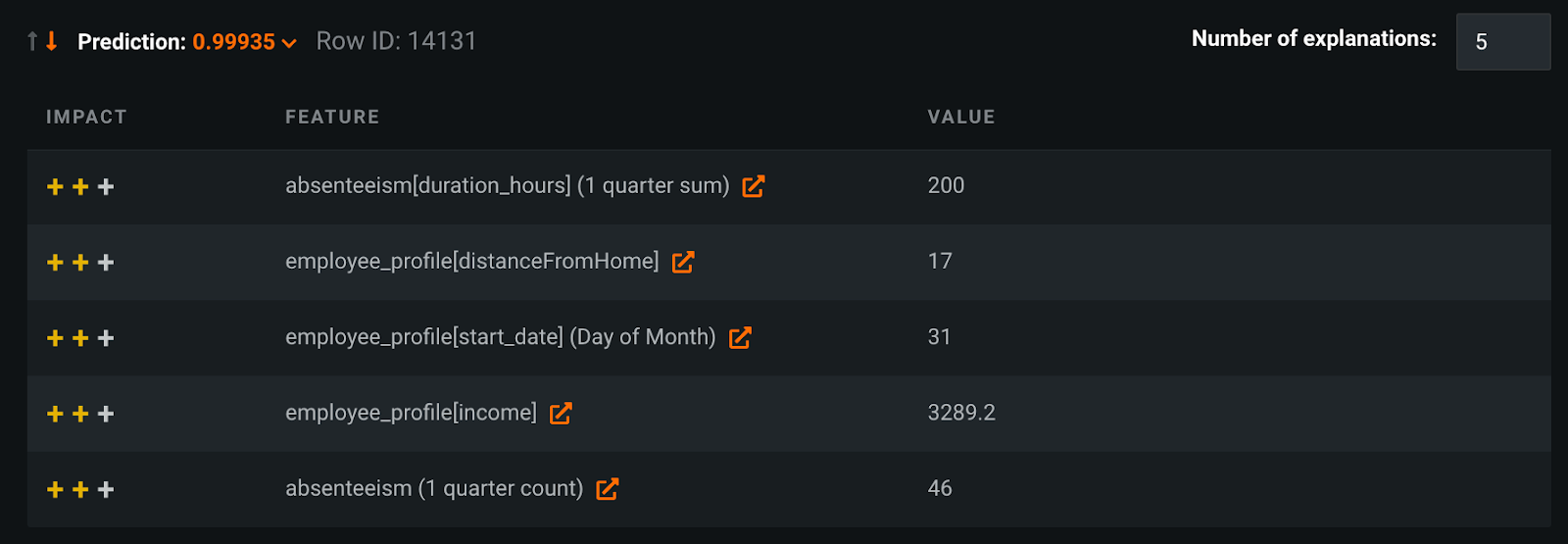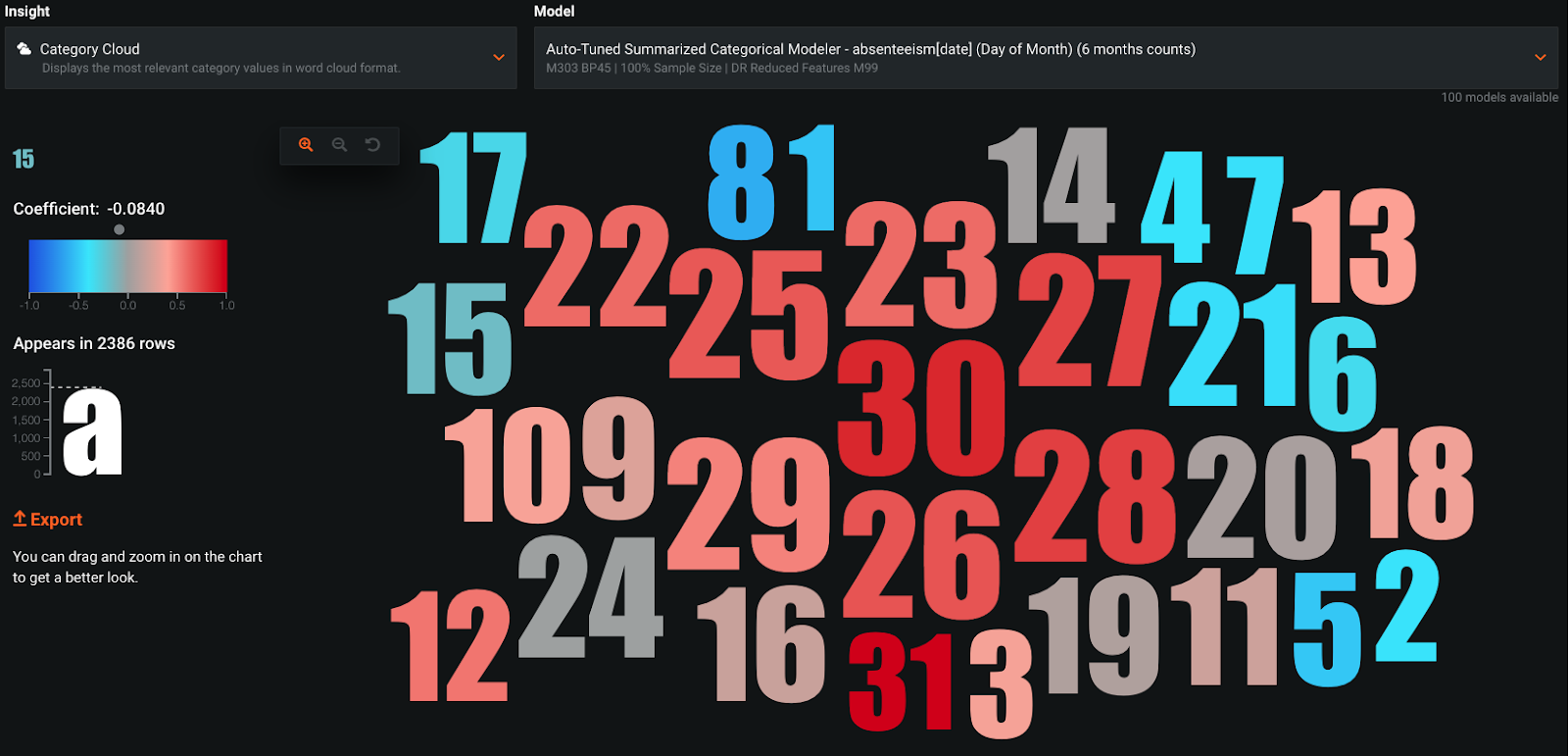Hiring and retention across most government organizations is a challenge. For instance, in 2019, the Government Acquisition Office (GAO) researched and identified 35 high-risk hiring areas. The Office of Personnel Management (OPM) began tracking time-to-hire (T2H) requirements in 2008 and found that the average government hire took around 100 days. As a comparison, external reports have found that public sector T2H averages three times as long as the private sector, 119 days compared to 36 days.
A variety of factors combine to create this situation. Congressionally mandated reports on the government hiring process have highlighted the “unintelligible” job descriptions for many government positions. For example, a job description for a software engineer in the private sector was only one paragraph long, while the government job description was seven pages long. DataRobot can help identify qualified workers, accelerate the hiring process, and reduce turnover in a workforce. The DataRobot AI Platform has helped solve staffing issues across industries, including at one of the largest staffing firms in the world.
Sample Use Case
In this blog post, the DataRobot team will show how the DataRobot AI Platform can build models to predict if an employee will depart an organization in the next six months. Accurately forecasting which employees are likely to leave, as well as what the indicators or causes for their departure might be, enables leadership to intervene early and plan proactively. The goal of attrition and retention models is usually to find a balance between retaining top talent and accepting a reasonable level of attrition. This use case predicts a binary classification target of “likely to leave in the next six months” vs “unlikely to leave in the next six months.”
DataRobot easily combines multiple datasets from different sources to create a comprehensive training dataset for this model. In this example, DataRobot joined five secondary datasets to one primary dataset using Feature Discovery. Each dataset contained various different information about an employee. For example, one dataset contains basic employee profile information while another includes information about the employee’s tardiness and absenteeism. The final training dataset consisted of 20,880 employee records with an approximate 70/30 split among retained and departed employees. Some data is missing from the records, which would increase the performance of an operational AI solution. For example, besides monetary bonuses, the dataset contained no information about employee performance or employee satisfaction.
DataRobot’s Automated Feature Discovery used the 692 features from the original datasets to derive an additional 257 features that were used to increase predictive performance. Feature Lineage helps the user visualize the steps that DataRobot took to create the new feature. The feature in the following image finds the minimum time an employee was absent during the last six months.

Use Case Results
In only a few hours, the DataRobot platform produced a model capable of helping leaders identify at-risk employees and assisted with mitigation strategies so leaders and managers could focus attention on employees who may be at risk of leaving. A prioritized list of at-risk personnel allowed leaders and human resources teams to more accurately apply limited time and resources to prevent regrettable turnover.
DataRobot automatically provides explainable insights such as prediction explanations to help leaders understand “why” a specific prediction is made. In the following image, DataRobot shows the user that the employee in Row ID 14131 of the dataset is very likely to depart in the next six months, and the top reasons for this prediction are absenteeism, how far the workplace is from their home, when they started at the company, and their salary.

Another example of DataRobot’s explainable features is the word cloud, which can produce unique insights. In this example, this model’s word cloud shows that “when” an employee is absent from work impacts the prediction. If an employee at this organization is absent towards the end of the month (e.g., day 28, 29, or 30), it is more likely they will depart the company in the next six months.

DataRobot is also an industry leader in bias and fairness testing for models. AI bias and fairness features are especially important for use cases involving humans, such as hiring and retention. DataRobot’s unique bias and fairness tools test models for multiple forms of bias and enables users to perform root cause analysis to identify likely sources of bias in a dataset or in a model. This built-in capability allows organizations to fix issues before models are deployed into production.
Additional DataRobot Use Cases
The DataRobot AI Platform can support numerous human capital use cases across the government and homeland security organizations. The following includes a few additional use cases:
- Reviewing resumes and applications for meeting minimum experience requirements
- Predicting best recruiting approaches to prioritize recruiter’s time
- Predicting likelihood of staffing turnover across organizations
- Predicting requirements for staffing surges across organizations
Contact a member of the DataRobot team today to learn more and see how your organization can become AI-driven.
Related posts
See other posts in AI Across Industries
Adopting agentic AI without addressing hallucinations is like ignoring a smoke detector. Learn how hallucinations reveal hidden risks across your AI workflows, and why they’re essential signals for building trustworthy, enterprise-ready agentic AI.

Eager to adopt agentic AI, but uncertain of the best path? The key is to move with intention, building on strong foundations at every step. Learn more about how to safely navigate the stages and avoid costly mistakes.

Deploy agentic AI faster with DataRobot and NVIDIA AI Enterprise. Learn how to rapidly develop and deliver agentic AI apps that solve complex use cases and transform work